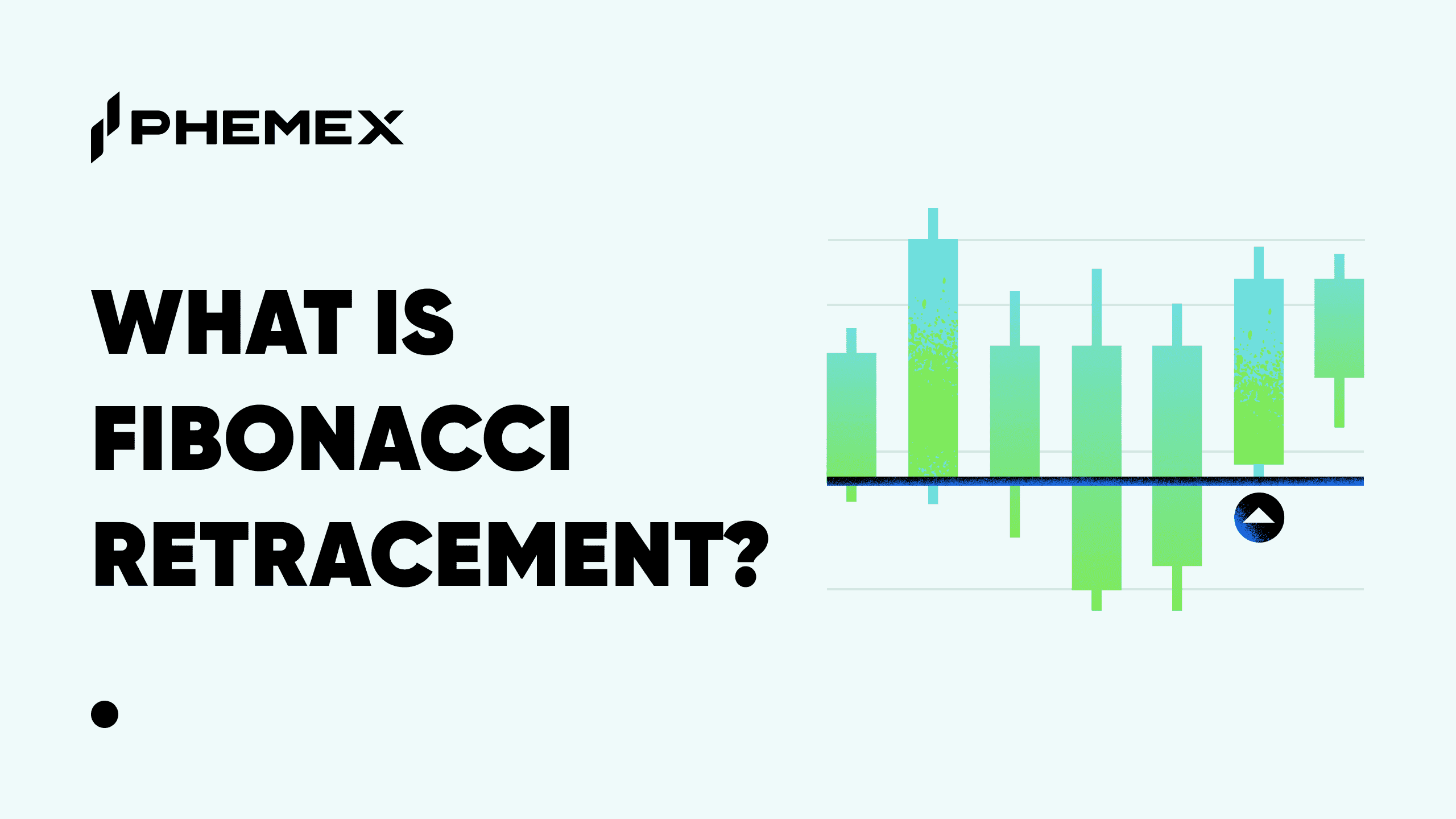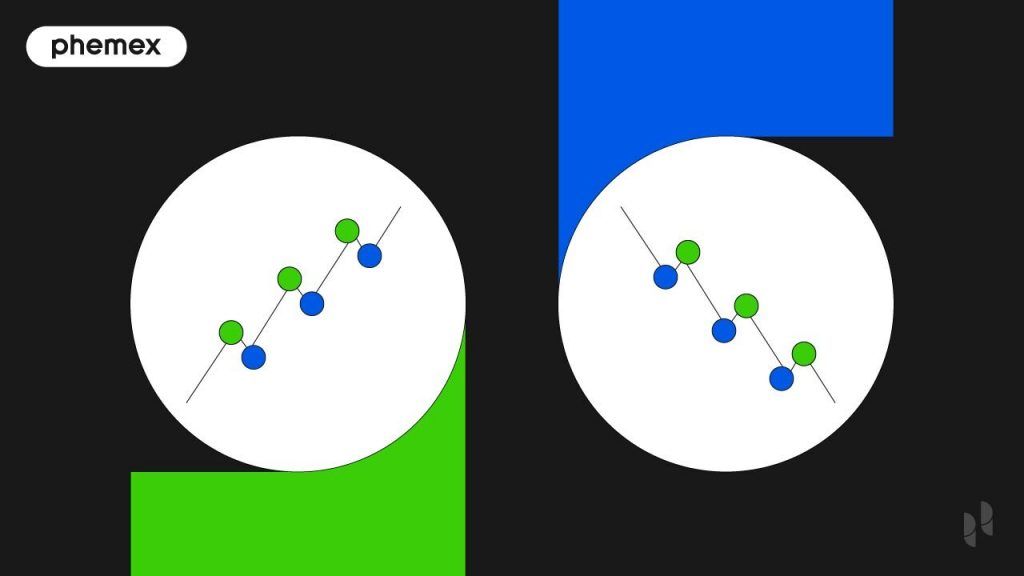Summary
- A hammer or inverted hammer is usually at the end of a downtrend, preceded by three red candles, and followed by a price increase.
- When traders spot a normal hammer or an inverted hammer, they should check if it is preceded by at least three red candles.
- Traders must then check the candle that comes right after the hammer candlestick patterns.

What Is a Hammer Candlestick?
The “hammer” is one of the most iconic candlestick patterns, receiving its name due to having a shape reminiscent of a hammer.
In the figure below, the green color of the candle’s body means that the closing price is more than the opening price. The red candle signifies the opposite where the opening price is more than the closing price. However, traders often regard the hammer candlestick as a bullish signal regardless of the candle’s body color. The colors of the candles may be different depending on preference.
Hammer Candles in Downtrend and Uptrend
If the hammer candlestick is found after a downtrend, it signifies the possible reversal of a bearish downward trend into a bullish upward trend. However, if the hammer candlestick is found after an uptrend, it may mean the possible reversal of a bullish uptrend into a bearish downtrend. In the latter scenario, the hammer candlestick goes by a different name – the “Hanging Man.”
The hammer candlestick is characterized by its small (or non-existent) upper shadow, where a candle’s highest price is close to or almost equivalent to the opening or closing price. Another notable characteristic is its long bottom shadow. The bottom shadow’s length is at least double that of the candle’s body, meaning that the candle’s lowest price is far from its opening or closing price.

The hammer candlestick pattern. (Source: LearnStockMarket.in)
What is the Inverted Hammer Candlestick (Shooting Star)?
Then, there are the inverted variations of the hammer candlestick pattern. As shown in the figure below, they look the same as the normal hammer candlestick patterns but turned upside down. From the figure below, an inverted hammer candlestick has a very small (or non-existent) bottom shadow and a long upper shadow that is twice as long as the candle’s body. The inverted hammers can also be green or red depending on the asset’s opening and closing price. The inverted hammer is a bullish reversal signal if found after a downtrend and a bearish reversal signal if found after an uptrend. In the latter case, the inverted hammer is usually called a “Shooting Star.”

The inverted hammer candlestick pattern. (Source: Trading Resource)
How To Recognize the Hammer Candlestick?
Here are some examples showing the different hammer candlestick patterns that readers can use as a reference. The figures below will show the typical hammer, the Hanging Man, the inverted hammer, and the Shooting Star.
Typical Hammer Candlestick
From the figure below, the hammer candlestick is located after a downtrend where the price fell from around $3,500 to about $2,000. The appearance of a hammer candlestick is a potential bullish reversal signal that means that the asset is forming a bottom, which may be followed by a price increase. The signal is confirmed when the candle right after the hammer has a higher closing price than the opening price. In this example, the asset’s price did increase after the appearance of the hammer candlestick and rose to $2,900.

Hammer candlestick identified from an Ethereum (ETH) price chart from May 16 to May 29, 2021, 4h time frame (Source: TradingView)
The Hanging Man
From the figure below, the Hanging Man is located after an uptrend where the price rose from around $143 to about $176. The appearance of a Hanging Man is a potential bearish reversal signal that means that the asset is forming a top, which may be followed by a price drop. The signal is confirmed when the candle right after the Hanging Man has a higher opening price than the closing price. In this example, the asset’s price did decrease after the appearance of the Hanging Man and dropped to $165.

The Hanging Man identified from an Ethereum price chart from Jan 11 to Jan 24, 2020, 4h time frame (Source: TradingView)
Inverted Hammer Candlestick
From the figure below, the inverted hammer candlestick is located after a downtrend where the price fell from around $600 to about $540. The appearance of an inverted hammer is a potential bullish reversal signal that means that the asset is forming a bottom, which may be followed by a price increase. The signal is confirmed when the candle right after the inverted hammer has a higher closing price than the opening price. In this example, the asset’s price did rise after the appearance of the inverted hammer and increased to $600.

Inverted hammer candlestick identified from an Ethereum price chart from December 2 to December 19, 2020, 4h time frame (Source: TradingView)
The Shooting Star
From the figure below, the Shooting Star is located after an uptrend where the price rose from around $237 to about $247. The appearance of a Shooting Star is a potential bearish reversal signal that means that the asset is forming a top, which may be followed by a price decrease. The signal is confirmed when the candle right after the inverted hammer has an opening price that is higher than the closing price. In this example, the asset’s price did drop after the appearance of the Shooting Star and fell to $230.

The Shooting Star identified from an Ethereum price chart from June 3 to June 23, 2020, 4h time frame (Source: TradingView)
How To Trade on a Hammer Candlestick?
There are two main rules when trading on the hammer candlestick:
- When traders spot a normal hammer or an inverted hammer, they should check if it is preceded by at least three red candles. In the case of the Hanging Man or Shooting Star, traders should check if it is preceded by at least three green candles. The hammer candlestick patterns are most effective in these scenarios.
- Traders must then check the candle that comes right after the hammer candlestick patterns. If there is a price increase after a normal hammer or an inverted hammer, traders can enter at a lower price and take profit at a higher price. If there is a price decrease after the Hanging Man or Shooting Star, traders can exit at the higher price and re-enter at a lower price.
Once traders can regularly spot the hammer candlestick patterns, they should consider how to enter or exit the market and place their Stop Loss or Take Profit orders. As the crypto market is volatile, the Stop Loss or Take Profit order should not be too close to the entry price, or else it will trigger too quickly. Instead, traders should place Take Profit orders according to the reward-to-risk ratio, which is calculated as follows:
(Take Profit price – Entry price) / (Entry price – Stop Loss price) = Reward-to-risk ratio
Traders should set a reward-to-risk ratio that suits their risk tolerance. If a trader is conservative, they can opt for a low reward-to-risk ratio of close to 1. If a trader wants to be more aggressive, they can choose a higher reward-to-risk ratio of more than 3. Nonetheless, any ratio between 1 to 3 is acceptable for most traders.
Trading on a Hammer or an Inverted Hammer
The figure below is an example of how to enter a market after the appearance of a hammer. The strategy works for an inverted hammer candle as well. The corresponding steps are as follows:
- The trader identifies a hammer candle, where the hammer is preceded by three red candles.
- The trader waits until the next candle shows a price increase, confirming the bullish reversal signal. The candle that comes after the hammer is the entry point.
- The trader places an order around the identified price point of around $2,100 and prepares to go long.
- To limit losses, the trader places a Stop Loss order at the low end of the hammer candlestick. In this case, the Stop Loss order is placed at around $1,800.
- The trader places a Take Profit order. Depending on their risk tolerance, they should place the order somewhere that yields a reward-to-risk ratio between 1 and 3. In this case, the Take Profit order is around $2,600, giving a reward-to-risk ratio of roughly 1.7.

The Take Profit, Stop Loss, and entry point for a hammer candle identified from an Ethereum price chart from May 16 to May 29, 2020, 4h time frame (Source: TradingView)
Trading on a Hanging Man or Shooting Star
The figure below is an example of how to exit a market after the appearance of a Shooting Star. The strategy works for a Hanging Man as well. The corresponding steps are as follows:
- The trader identifies the Shooting Star, where the hammer is preceded by three green candles.
- The trader waits until the next candle shows a price drop, confirming the bearish reversal signal. The candle that comes after the Shooting Star is the entry point.

- The trader places an order around the identified price point of around $246 and prepares to go short.
- To limit losses, the trader places a Stop Loss order at the high end of the Shooting Star. In this case, the Stop Loss order is placed at around $250.
- The trader places a Take Profit order. Depending on their risk tolerance, they should place the order somewhere that yields a reward-to-risk ratio between 1 and 3. In this case, the Take Profit order is around $237, giving a reward-to-risk ratio of roughly 2.5.

The Take Profit, Stop Loss, and entry point for a Shooting Star identified from an Ethereum price chart from June 3 to June 23, 2020, 4h time frame (Source: TradingView)
How Reliable Are Hammer Candlesticks?
Even though the examples above are all successful, new traders should understand that hammer candlesticks are not used in isolation, even with the price drop or increased confirmation. Sometimes the price may even continue to drop even though the hammer candle appeared after a bearish downtrend. Experienced traders normally combine the hammer candlestick patterns with trading indicators or technical analysis tools such as moving averages or support and resistance levels.
Conclusion
Trading on hammer candlesticks can be very profitable if traders can reliably identify them by adhering to the identification rules. A hammer or inverted hammer is usually at the end of a downtrend, preceded by three red candles, and followed by a price increase. In contrast, the Hanging Man or Shooting Star is typically at the end of an uptrend, preceded by three green candles, and followed by a price drop.
However, like all trading strategies, hammer pattern candlestick trading involves a certain degree of risk. A hammer candle is only a signal that indicates there is a possibility of a trend reversal and does not guarantee that the reversal will happen. Thus, traders are advised to understand the limitations of the hammer candlestick. In addition, traders should combine the pattern with other available trading tools and practice with such tools before utilizing them in trades.
Read More
- The 8 Most Important Crypto Candlestick Patterns
- All About Reversal Candles: How to Read and Trade
- What Are Bullish And Bearish Harami Candles?
- How To Recognize and Trade on Long Wick Candlesticks?
- What is Spinning Top Candlestick and How to Use it in Crypto Trading
- Morning and Evening Star Candlestick Patterns: All you Need to Know
- What are Harmonic Patterns: Predicting Future Price Actions
- What is Dragonfly Doji: An Indication of a Trend Reversal









